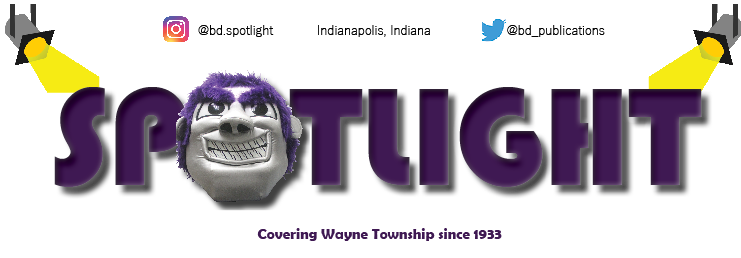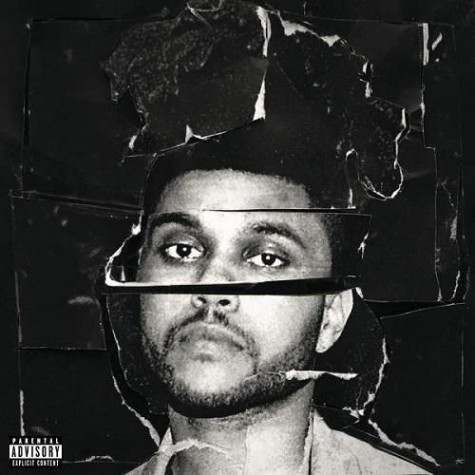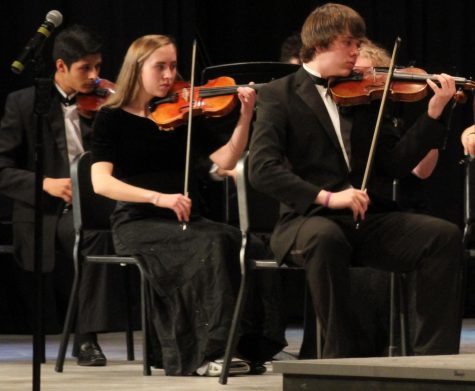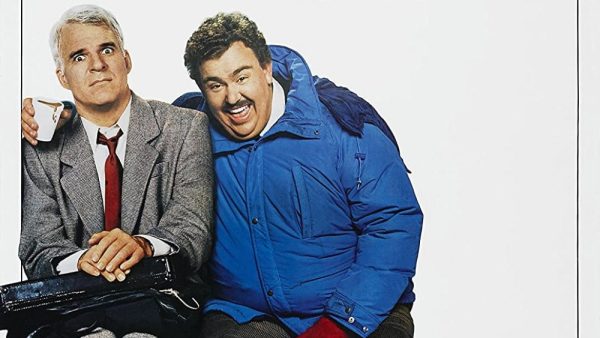Madness and beauty over the Weeknd
The Weeknd – Beauty Behind The Madness Album Review
Abel Tesfaye is a 24-year-old emerging pop star from Toronto, Ontario, Canada. Going under the pseudonym The Weeknd, the young singer started posting original songs and covers to YouTube in 2010.
Never showing his face or taking credit for the music, his videos reached millions upon millions of views. This is because of his soulful and most of the time melancholy falsetto singing, unique PBR&B instrumentation and overall dark atmosphere of his music.
In 2011 he finally showed face in a music video and released three full-length projects – House of Balloons, Thursday, and Echoes of Silence. This gained him alot of recognition in the underground scene, and allowed him to work with superstars such as Drake on their albums.
Then it arrived. In 2013, the neon glow of the The Weeknd’s first album for a major label, Kiss Land, was intended to bring the R&B introvert out of the shadows and into the mainstream. How laughable that seems now.
Kiss Land’s follow-up, Beauty Behind the Madness, has made him embark on a bewildering charm offensive. There was Earned It, the waltz he contributed to the Fifty Shades of Grey soundtrack, a genre curveball that nevertheless sat comfortably with The Weeknd’s depraved brand identity, cultivated over the three mixtapes.
This campaign peaked with recent US No 1 Can’t Feel My Face, a throbbing disco number in which Tesfaye yoked his most convincing Michael Jackson impression to a song co-written by Swedish sonic maestro Max Martin, responsible for a great swathe of top 10s (it’s his 21st No. 1).
It boasts a typically nihilist Weeknd lyric – live fast, die pretty – delivered with irresistible elements previously alien to The Weeknd’s modus operandi. In the chorus, Tesfaye likens love to having taken too much cocaine, making for a startlingly good sing-along, even as it risks self-parody.
The Weeknd has managed the transition rather well on this album. His angelic, bruised voice is in the foreground, while enablers like Kanye West rub shoulders with Ed Sheeran and lots of co-writers. The jazz outro British producer Labrinth brings to Losers is one inspired touch.
One of the more apposite pairings is with Lana Del Rey, a woman just as narcotised and jaded as Tesfaye is, but their lacklustre duet, Prisoner, isn’t equal to the billing. That’s not the only downer.
The Weeknd’s most conventional songs thus far are Sheeran’s boringly retro Dark Times, and Shameless, a guitar ballad unredeemable even by its deranged guitar solo. The album’s killer first half takes The Weeknd’s cold, aestheticised amorality to new musical heights
Elsewhere, the step up is more convincing, if not always easy to listen to. The Weeknd made his name as a borderline-sociopathic little boy blue. Tell Your Friends keeps up the good work, this time wrapped in lush, sparkling Kanye West piano chords. He makes it clear that the thrill, so absent on his first three albums, remains elusive.
The bleakness of excess isn’t new territory; contemporaries like Kendrick Lamar have not-dissimilar takes on Swimming Pools. But the killer first half of Beauty Behind the Madness takes the Weeknd’s cold, aestheticised amorality to new musical heights, alloyed now to properly dramatic digitals and nagging hooks. By contrast, In The Night empathises unconvincingly with its female subject.
It’s not like Tesfaye doesn’t warn everyone. There are love songs here, but emotion is repeatedly disavowed. “Tell ’em this boy wasn’t made for lovin’,” is the album’s opening line, reintroducing Tesfaye as a would-be mainstream R&B loverman with a jagged hole instead of a heart.
















